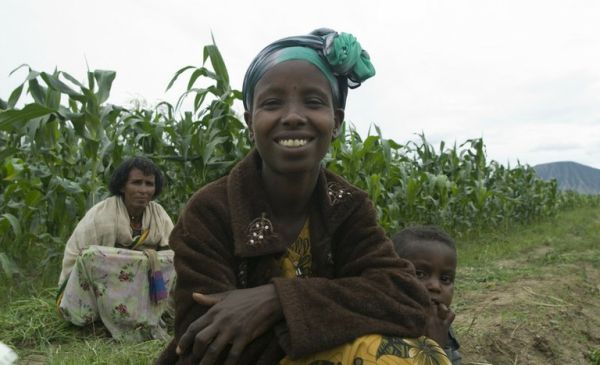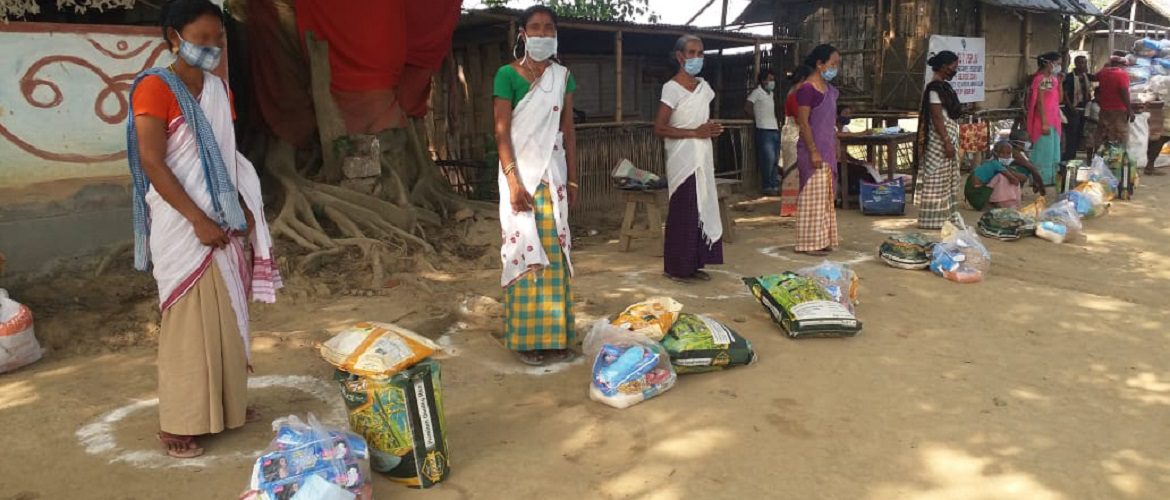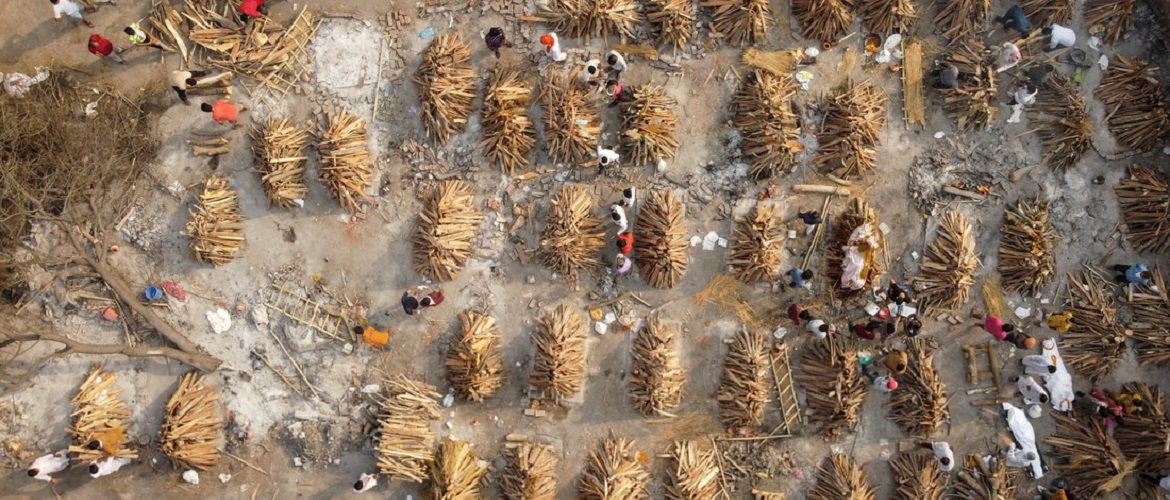By Coco McCabe, Oxfam America
In the darkness of Magartu Balcha’s one-room house, specks of sky blink through the worn thatched roof. The holes aren’t big enough to provide any light, but in a downpour surely rain will drip through. On the dirt floor stretches a mattress — the bed she shares with her two children, huddled together for warmth. The family has no blankets.
Balcha, a 36-year-old widow, has brought us to her home here in the Ethiopian community of Mallima Bari as a sort of benchmark — a way for us to understand where she is in her life at this moment and where she’s determined to go now that she has access to irrigation and the support of a network of other small farmers.
“I will reconstruct my house and show you a better house,” says Balcha firmly. “When I change my house, I will make you coffee.” In Ethiopia, ceremoniously serving guests coffee — three piping hot cups per person — is an important social tradition.
Recently, Balcha joined a group participating in a project launched by Oxfam America’s partner, Sustainable Environment and Development Action, or SEDA. Tapping a well that they helped dig and that SEDA and Oxfam outfitted with a pump and pipes, Balcha and 34 other farmers are funnelling water to nine hectares of land. Now, at last, they are free from worry about whether the rain will come on time and in sufficient quantity to guarantee their harvests. With a flick of a switch, they have water on demand—water to feed their crops and build their dreams.
Sitting in front of a field crowded with tall corn, Balcha beams with a surety that would not have been possible a year or so ago. Grief consumed her then: her oldest child, a 9-year-old boy, had drowned one day while she was away working as a labourer. His dream had been to go to school and he had begged her to send him. But Balcha didn’t have the means.
“He asked me, ‘please, my mom, buy me an exercise book,” she recalled. Her answer? “Next year I can buy you an exercise book and clothes, but this year we don’t even have food.”
Two months later, she said, the terrible accident happened.
In the year that followed, burdened by needs that she could barely meet, Balcha said she thought about leaving her family and running away. “I was confused,” she said softly.
It was around then that she learned of the irrigation project and the opportunity to join it.
“I was suffering before I joined this project because I didn’t have my husband. I didn’t have any support,” said Balcha. “Now I have clothes for my body, food for my stomach, and my field is in good condition. When you are hungry, you can’t think of getting satisfied. When you are thirsty you can’t think of getting enough water. But now I’m satisfied.”
A voice for many
Balcha’s story speaks for others in a district where many rural residents make their living by raising animals and cultivating crops on fields fed only by rain. But it’s a hard life — and sometimes an impossible one. In this Central Rift Valley, severe food shortages are a frequent problem. Without money to put into better production — fertiliser for plants, and infrastructure for irrigation — farmers can’t easily coax much from their land. Instead, like Balcha, they rent their fields to investors who can afford the technology to reap bountiful harvests. And sometimes, small farmers become day labourers on land that is theirs, working for someone else’s profit instead of their own.
But for the group now tilling this nine-hectare plot, a reliable source of water could change their lives and the lives of their families. The project is part of a broader Oxfam America water program, set to run through 2020, that works with communities and local partners to help some of the poorest Ethiopians in moisture-stressed regions access water for their fields and animals and manage the resource in a sustainable fashion. With water comes food — and resilience.
Here, in Mallima Bari, the hope is that farmers will begin to cultivate valuable market crops — onions, tomatoes, green peppers, cabbages — that could boost their incomes. From the sale of their harvests, participants, who have formed the Mallima Gale Small-Scale Irrigation Co-op, will pool 10% of their earnings toward keeping the irrigation enterprise running. One of the biggest costs is fuel, now running at about 17 birr per litre (about AUD $1). It takes about 15 litres of fuel each time a farmer pumps water through a hectare field.
Strength in community
But it’s not just the pump and water that have brightened prospects for Balcha, it’s the deeper connection she has made with her neighbours in the irrigation group and the spirit of cooperation. “We have very good collaboration,” says Balcha, noting that she had her fields plowed with the help of co-op members and their oxen. Balcha’s irrigated plot of corn measures a quarter hectare. In addition, she has a half-hectare of rain-fed corn and a quarter-hectare of Ethiopia’s staple grain, teff, which is also dependent on the rain.
New agricultural techniques she learned through SEDA could help her crops do better than they have in the past, and the results so far have made her optimistic. She is planting her corn in rows now instead of broadcasting it loosely, and expects the December harvest will produce enough to feed her family as well as some to sell.
“Physically, it looks healthy,” says Balcha. “When you look at it, you get encouraged.”
And with that feeling of encouragement comes the taste of possibility: For Balcha, that means school for her children — an opportunity she never had.
“Had I had an education, I would have been someone better than I am now,” says Balcha. “I’m in darkness myself. I want them to be in light.”




